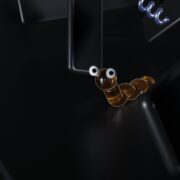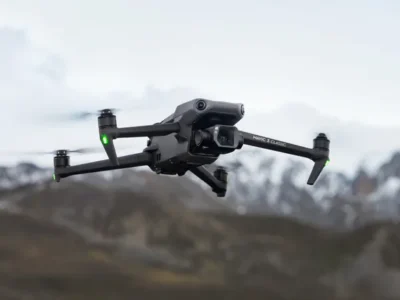A team at the University of Bath in the United Kingdom has designed flying 3D printers that work like a bee or wasp and can be used to build and repair structures. The login behind this invention is to use these printers to fix buildings in dangerous or inaccessible locations or after some disaster has damaged them and to help with their construction.
As a fleet, the drones are known as Aerial Additive Manufacturing and operate as a single blueprint, adapting their techniques according to any situation that may arise. The team of inventors say that the drones are not only lightweight and quick-setting but will also help cut down construction costs and make construction much safer as there will not be any human risks involved. The use of 3D printing has been quickly gaining much interest in the construction industry worldwide due to its advantages.
While in action, the drones work as a single unit and are fully autonomous. However, they are fully monitored by a person who keeps a check on their status and progress and can intervene at any time to take complete control and make decisions. This work was also published in a journal by Professor Mirko Kovac, who wrote that the team had proven that drones could work independently and together.
In order to prove that drones can work like this, researchers put the drones through a test with four cement-like mixtures and determine whether the drones can build a structure using them. The drones assessed the printed geometry of the structure in real-time and adapted accordingly, and according to the researchers, the manufacturing accuracy of the drones was within five millimeters. The resulting prints included a 2.05 – meter high cylinder with a polyurethane-based foam material and a high cylinder with custom-designed cement-like material 18 centimeters high. However, the researchers said that the performance of the final element had to be accurate in order to ensure that the final printed model ensured mechanical integrity.
Professor Kovac, who had published this work in a journal and was also the director of the Aerial Robotics Laboratory at the Imperial College in London, added that this was of construction was much more cost-effective and less risky than traditional methods.






















Comments